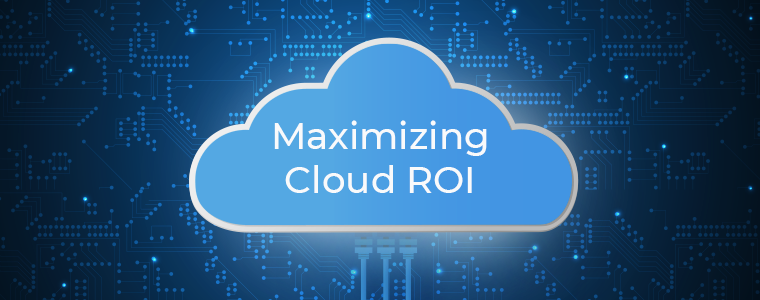How to Easily Migrate All Files in Your Folders to a New Computer
When you get a new PC, transferring your existing files is one of the first steps you’ll need to take to set it up. You have several options to transfer your files depending on the hardware and services you have. Here are four ways you can migrate your files to a new computer.
1. Share Your Files to the Cloud
Share your files with a cloud storage provider like OneDrive, Google Drive, or Dropbox to access them from your new PC. This option keeps your documents private and protects your files if your computer gets damaged.
Depending on your cloud storage option, you can automatically back up and sync your folders to the cloud. Then, you can log in to your cloud account on your new computer and download the files.
2. Use an External Hard Drive
An external storage media is an easy way to share files. You only need an external hard drive, SD card, thumb drive, USB flash drive, or high-speed flash drive.
Connect the drive to your old computer using its USB 3.0 port. Save your files to the drive and eject it. Then, connect the drive to your new PC’s USB 3.0 port and copy your files to its drive.
3. Connect to Your Old Computer with a Transfer Cable
A USB transfer cable connects your old computer to your new PC for direct file transfer. This method is quick, saves disk space, and allows the files to copy and paste simultaneously.
Plug one end of a transfer cable into your old PC and the other into your new computer. This cable has an electronic circuit that allows the two PCs to communicate. Then, follow the prompts in the Easy Transfer Wizard to transfer your files.
4. Run a File History Backup
You can use the built-in backup utility File History if your new PC has Windows 7 through Windows 10. This feature lets you recover files from your old PC and restore them to your new computer.
Complete these steps on your old computer:
- Go to the “Backup” pane in the “Update & Security” section of the settings app.
- Click “Add a drive” and select an external drive for backup.
- Turn on “Automatically back up my files.”
To access your saved files, click “Restore your files with File History,” find the files you need, and click “Restore.”
Learn More About Our Managed IT Services
Agio proactively monitors your network and provides 24/7 managed user support. Let us take care of your IT needs so you can take care of your business. Contact us online for more information about our managed IT services.
Share post
Featured Posts
Connect with us.
Need a solution? Want to partner with us? Please complete the fields below to connect with a member of our team.



